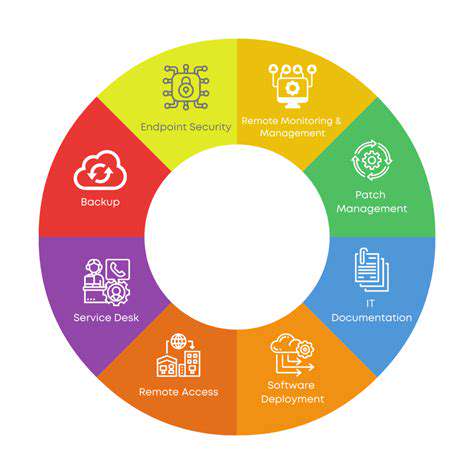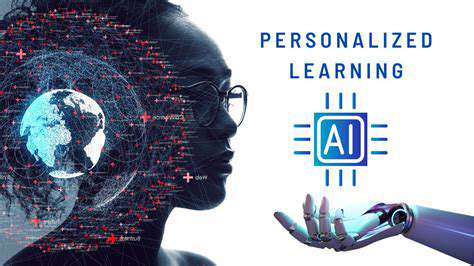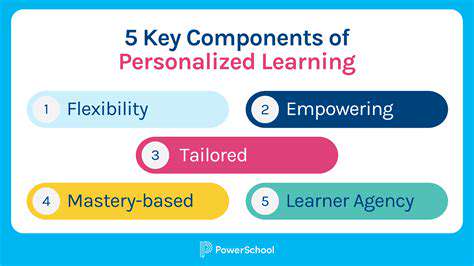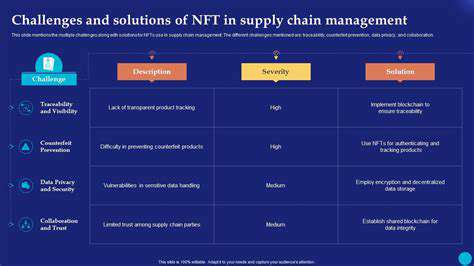Quantum Sensing Technologies: A Brief Overview
Quantum sensing technologies leverage the unique properties of quantum systems, such as atoms, photons, and superconducting circuits, to achieve unprecedented sensitivity and precision in measuring various physical parameters. These technologies are poised to revolutionize diverse fields, from fundamental research to practical applications, by offering superior measurement capabilities compared to classical methods. Quantum sensors can detect minute changes in magnetic fields, electric fields, gravitational fields, and even temperature with remarkable accuracy.
The fundamental principle behind quantum sensing often involves manipulating a quantum system, such as an atom or a superconducting qubit, to create a highly sensitive detector. By detecting the changes in the quantum system's state, researchers can extract information about the external stimuli. This sensitivity is a direct result of the quantum nature of the system, allowing for the measurement of phenomena that are otherwise undetectable.
Superconducting Quantum Interference Devices (SQUIDs): A Pioneer in Quantum Sensing
SQUIDs, a cornerstone of quantum sensing, are superconducting loops interrupted by Josephson junctions. They are exceptionally sensitive detectors of magnetic fields, capable of measuring changes as small as a single flux quantum. This sensitivity stems from the quantum nature of superconductivity, allowing the detection of extremely weak magnetic fields, making SQUIDs invaluable in various applications, including medical imaging, geophysical exploration, and fundamental physics research.
The exquisite sensitivity of SQUIDs arises from their ability to exploit quantum phenomena occurring at the nanoscale. Their use in detecting minute magnetic fluctuations has led to breakthroughs in various scientific fields, including the study of the Earth's magnetic field and the characterization of materials with unique magnetic properties.
Atomic Clocks and Their Applications
Atomic clocks, based on the precise oscillations of atoms, represent a significant advancement in timekeeping. Their unparalleled accuracy makes them crucial for a wide range of applications, including high-precision navigation systems, telecommunications, and fundamental physics experiments. The stability of these clocks stems from the inherent quantum nature of atomic transitions, leading to measurements of time with extraordinary precision and stability.
The development of atomic clocks has led to significant improvements in the accuracy and reliability of timekeeping. Their high-precision measurements have enabled a more profound understanding of fundamental physical constants and phenomena, and they play a critical role in various technological advancements.
Quantum Magnetometers: Enhancing Magnetic Field Detection
Quantum magnetometers, utilizing various quantum systems, offer enhanced sensitivity to magnetic fields compared to conventional magnetometers. These devices leverage the quantum properties of atoms or ions to detect minute variations in magnetic fields, with applications in diverse areas, such as environmental monitoring, medical diagnostics, and security. Quantum magnetometers promise to revolutionize applications in fields where current methods are insufficient.
Optical Quantum Sensors: Exploring the Realm of Light
Optical quantum sensors utilize photons to measure various physical parameters with high precision. Photons, the fundamental particles of light, can be manipulated to create extremely sensitive detectors for fields like gravity, acceleration, and rotation. This approach offers a unique avenue for exploring the quantum world and its applications. These sensors have the potential to surpass the limitations of classical sensors in diverse fields, including inertial navigation and gravitational wave detection.
Future Directions and Challenges in Quantum Sensing
The future of quantum sensing is bright, with exciting possibilities for new applications and further improvements in performance. However, challenges remain, including the development of more robust and scalable quantum sensors, the integration of quantum sensors into existing technologies, and the exploration of new quantum systems for sensing. Addressing these challenges is crucial for realizing the full potential of quantum sensing across various scientific and engineering disciplines.
Research into novel quantum systems, such as trapped ions and neutral atoms, holds significant promise for further advancements in quantum sensing. Furthermore, the development of new materials and fabrication techniques will be critical for creating more compact, robust, and cost-effective quantum sensors.
Challenges and Considerations for Clinical Implementation
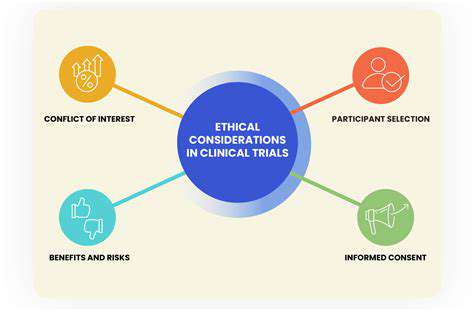
Implementing AI in Healthcare
Integrating artificial intelligence (AI) into healthcare presents a multitude of challenges, from data security and privacy concerns to the ethical implications of AI-driven diagnoses and treatments. Ensuring patient data remains confidential and protected is paramount. Robust security measures and adherence to strict regulations are crucial to maintain public trust and uphold ethical standards.
The complexity of medical data, often fragmented and stored in various formats, can pose significant hurdles for AI algorithms. Successfully training AI models on diverse and reliable datasets is essential for accurate and reliable results. This requires significant investment in data standardization and integration efforts.
Ethical Implications of AI in Medicine
The use of AI in healthcare raises complex ethical dilemmas. Decisions about who bears responsibility for errors made by AI systems, and how to balance automation with human oversight, need careful consideration. Questions surrounding algorithmic bias and fairness in treatment recommendations demand thorough examination and transparent approaches to mitigate any potential disparities.
Issues of informed consent and patient autonomy also need to be addressed as AI systems increasingly influence treatment plans. Patients need to be fully informed about the use of AI in their care and have the ability to make informed choices about their involvement.
Data Security and Privacy Concerns
Protecting sensitive patient data is paramount when implementing AI in healthcare. Robust security measures, including encryption, access controls, and regular audits, are essential to safeguard patient information from unauthorized access and breaches. Compliance with stringent data privacy regulations like HIPAA is mandatory for organizations handling healthcare data.
Data breaches can have devastating consequences, leading to financial losses, reputational damage, and potential legal ramifications. Data security should be a top priority throughout the entire AI implementation process.
Integration with Existing Healthcare Systems
AI systems need to seamlessly integrate with existing healthcare infrastructure and workflows. This includes interoperability with electronic health records (EHRs) and other clinical systems. Efficient data exchange and seamless integration are crucial for AI systems to deliver real-value to healthcare providers and patients.
The need for robust APIs and standardized data formats is paramount to achieve interoperability. This will facilitate smoother data flow and allow AI systems to leverage the complete picture of patient information.
Training and Education for Healthcare Professionals
Integrating AI into healthcare requires significant training and education for healthcare professionals. This includes equipping physicians, nurses, and other staff with the knowledge and skills to effectively utilize AI tools and interpret AI-generated insights.
Healthcare professionals need to be empowered to understand the strengths and limitations of AI systems. Training programs should focus on developing critical thinking skills to evaluate AI outputs and integrate them into clinical decision-making processes.
Cost and Resource Allocation
Implementing AI in healthcare often involves significant upfront costs for infrastructure, software, and personnel. Careful planning and resource allocation are essential to ensure sustainable implementation. A clear understanding of the return on investment (ROI) is vital for justifying the expenditure.
Ongoing maintenance, updates, and support for AI systems also require significant resources. A comprehensive budget and long-term planning are necessary for successful implementation and operation.
Regulatory Landscape and Compliance
Navigating the complex regulatory landscape for AI in healthcare is essential. Compliance with regulations related to data privacy, security, and clinical decision-making is crucial. Developing and maintaining compliance with these evolving regulations is essential for successful implementation.
Regulations vary by jurisdiction, and healthcare organizations must stay abreast of these changes. Staying informed and proactively addressing regulatory requirements is critical for long-term success.

